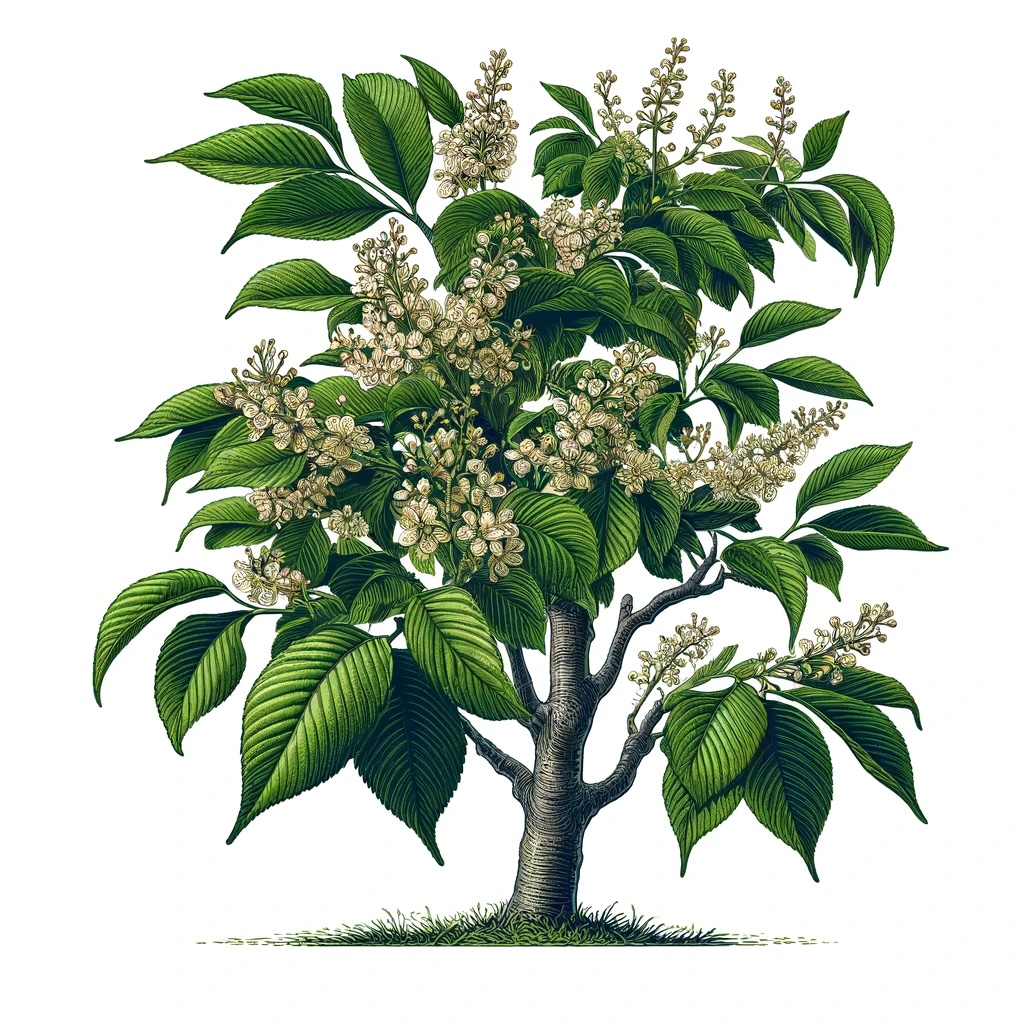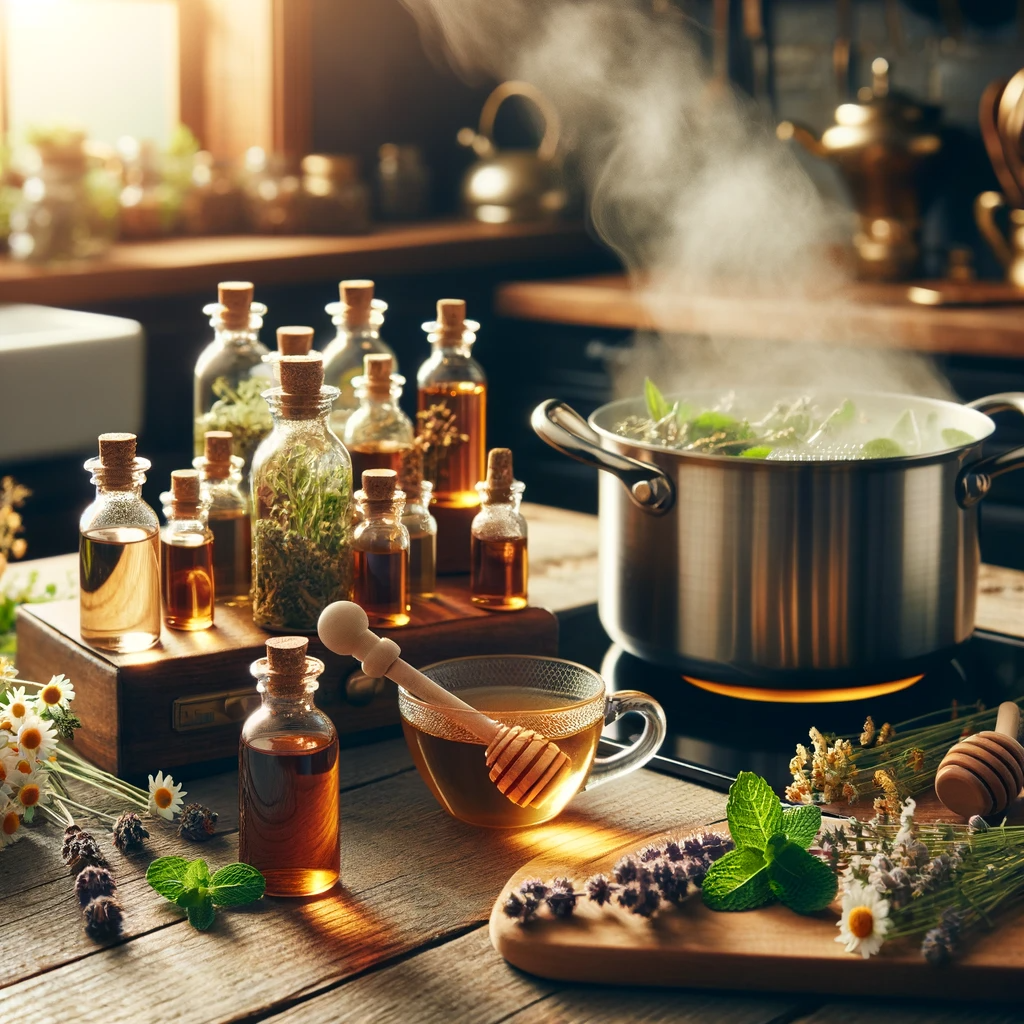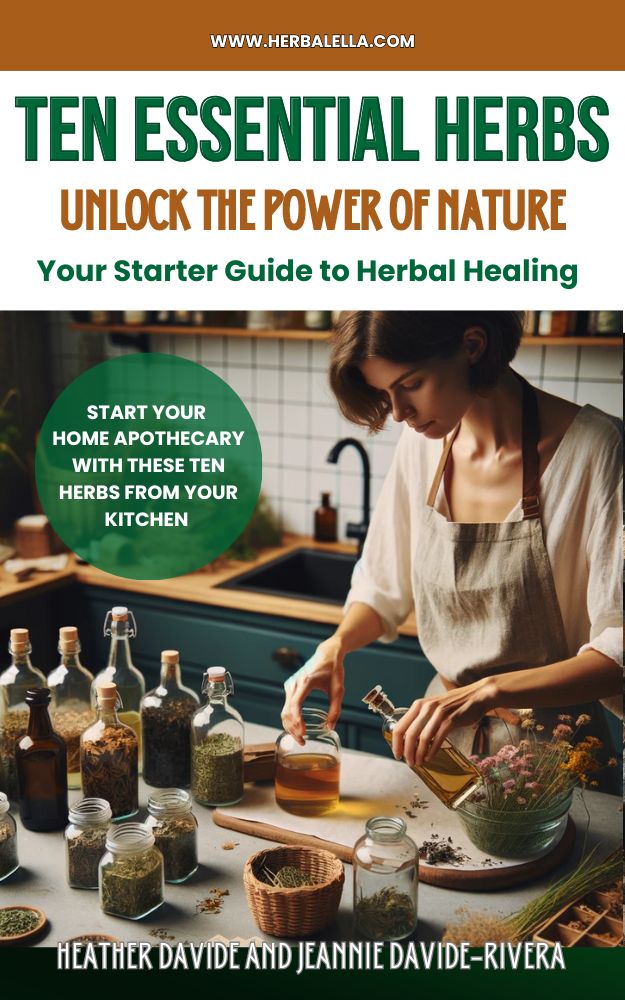This website contains affiliate links for products I use and love. If you take action (i.e. subscribe, make a purchase) after clicking a link, I may earn some tea money, which I promise to drink while creating more helpful content like this.
Easy Herbs to Grow at Home: Beginner's Guide to Growing Your Own Herbs for Wellness and Remedies
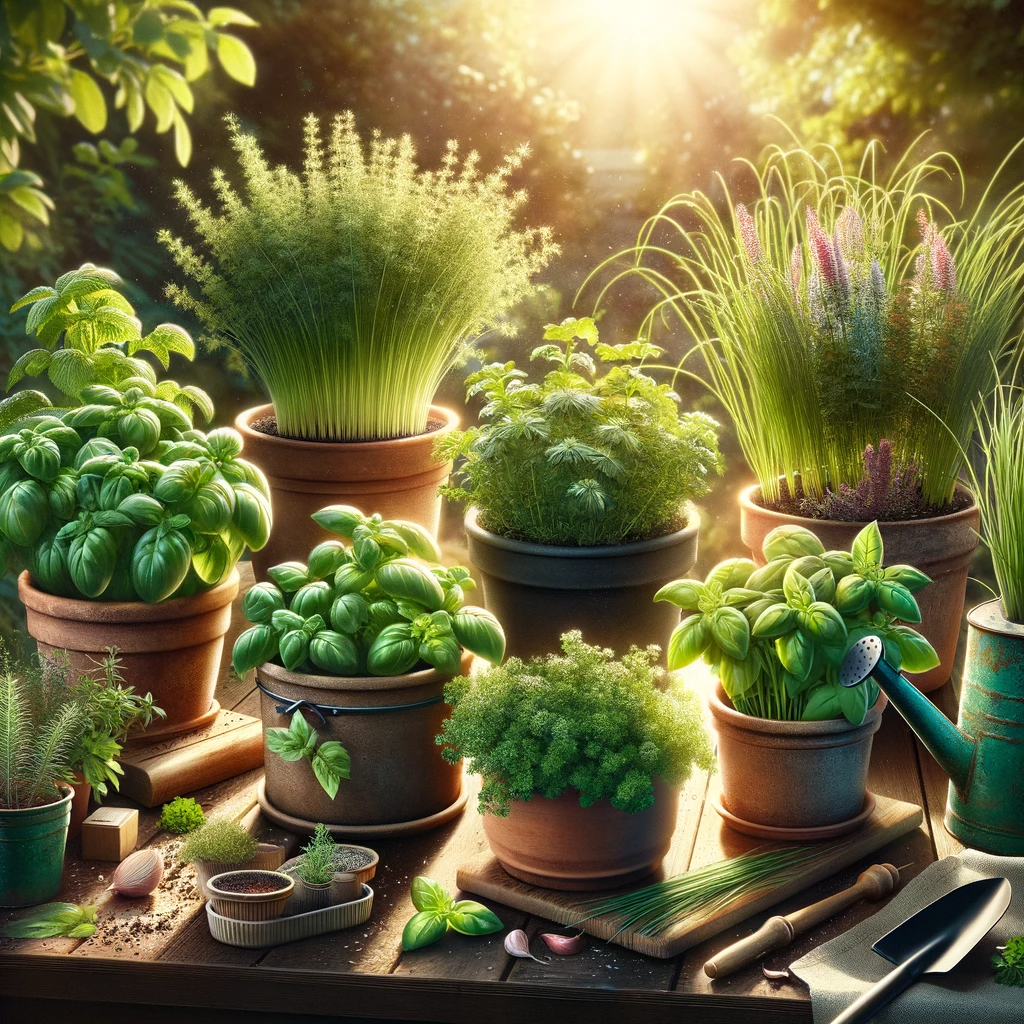
Introduction: Embracing the Simplicity of Growing Your Own Herbs
Welcome to the world of herb gardening, where the joys of cultivating your own plants meet the rewards of a healthier, more natural lifestyle. Whether you're nestled in a cozy country home or making the most of a compact urban apartment, growing your own herbs is a simple, fulfilling journey accessible to everyone.
In this beginner's guide, we'll explore the basics of starting your very own herb garden. From the calming aroma of lavender to the zest of fresh basil, homegrown herbs not only add a touch of greenery to your living space but also offer a myriad of health and wellness benefits. Imagine brewing a cup of tea with mint from your windowsill or seasoning a meal with parsley from your balcony. The possibilities are as endless as they are delightful.
Getting Started with Herb Gardening
Understanding the Basics:
To embark on your herb gardening adventure, understanding a few key elements is essential:
- Sunlight: Most herbs thrive in plenty of sunlight, so finding a bright spot is crucial.
- Water: Regular watering keeps herbs healthy, but overwatering can be detrimental.
- Soil: Well-draining soil is ideal for herbs, as waterlogged roots can lead to issues.
- Climate: While many herbs are adaptable, some may prefer specific climate conditions.
Choosing the Right Herbs:
As a beginner, starting with easy-to-grow herbs can boost your confidence and ensure early success. Here are some great options:
- Basil: A versatile and aromatic herb that's a staple in many cuisines.
- Mint: Refreshing and hearty, perfect for teas and garnishes.
- Parsley: Not just a garnish; it's full of vitamins and easy to grow.
- Chives: Hardy and low maintenance, with a mild onion flavor.
Tools and Supplies Needed:
Getting the right tools and supplies sets you up for a successful herb garden:
- Basic Gardening Tools: Trowel, pruning shears, and a watering can or spray bottle.
- Pots or Containers: Essential for indoor or balcony gardens. Ensure they have drainage holes.
- Soil Types: Use a quality potting mix suitable for container gardening.
In the next sections, we'll delve deeper into how you can tailor your herb garden to fit your living situation, whether you have an expansive backyard or just a sunny windowsill. Let's grow together!
Herb Growing Options Based on Living Situations
Country Living with Ample Land: Designing an Outdoor Herb Garden
- Layout Planning: Consider sun exposure and drainage when designing your garden layout. Raised beds or designated patches near your kitchen can be ideal.
- Companion Planting: Pair herbs with compatible plants to enhance growth. For example, basil grows well with tomatoes, improving flavor and repelling pests.
- Natural Pest Control: Utilize plants like lavender and marigolds to deter pests naturally, maintaining a healthy, organic herb garden.
Limited Outdoor Space: Small-Scale Herb Gardening
- Balcony and Patio Options: Use railing planters and hanging baskets to maximize space. Select herbs like rosemary and thyme that thrive in container gardens.
- Container Gardening Tips: Ensure adequate drainage in pots. Use a high-quality potting mix and fertilize regularly for robust growth.
City/Urban Living: Windowsill and Small Indoor Gardens
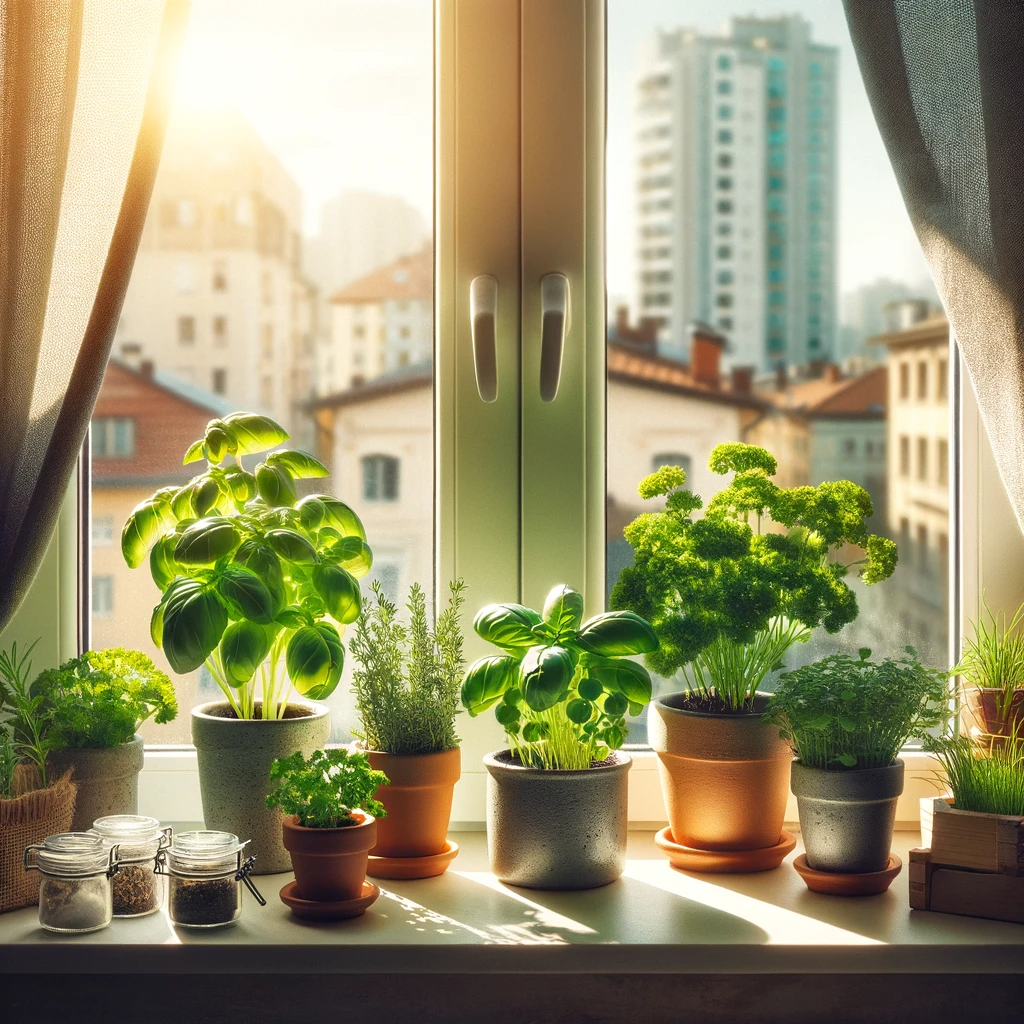
- Maximizing Limited Space: Utilize windowsills, wall-mounted planters, or tiered plant stands. Herbs like mint, chives, and parsley are excellent for indoor conditions.
- Light and Temperature: Ensure your indoor herbs receive sufficient light, either naturally or through grow lights. Keep them away from extreme temperature changes.
Indoor Herb Gardening with Hydroponics:
- Introduction to Hydroponics: This soil-less gardening method uses a nutrient-rich water solution to grow herbs faster and in smaller spaces.
- Benefits: Hydroponics is ideal for year-round gardening, reduces the risk of soil-borne diseases, and can be set up indoors with minimal space.
- Setting Up: Start with a simple hydroponic kit. Include a water reservoir, growing medium (like Rockwool or clay pebbles), and a nutrient solution. Herbs like basil, cilantro, and dill are great choices for hydroponic beginners.
In each of these living situations, you can tailor your herb garden to fit your space and lifestyle. Whether sprawling or compact, each garden offers the unique joy of growing and using fresh herbs right from your home.
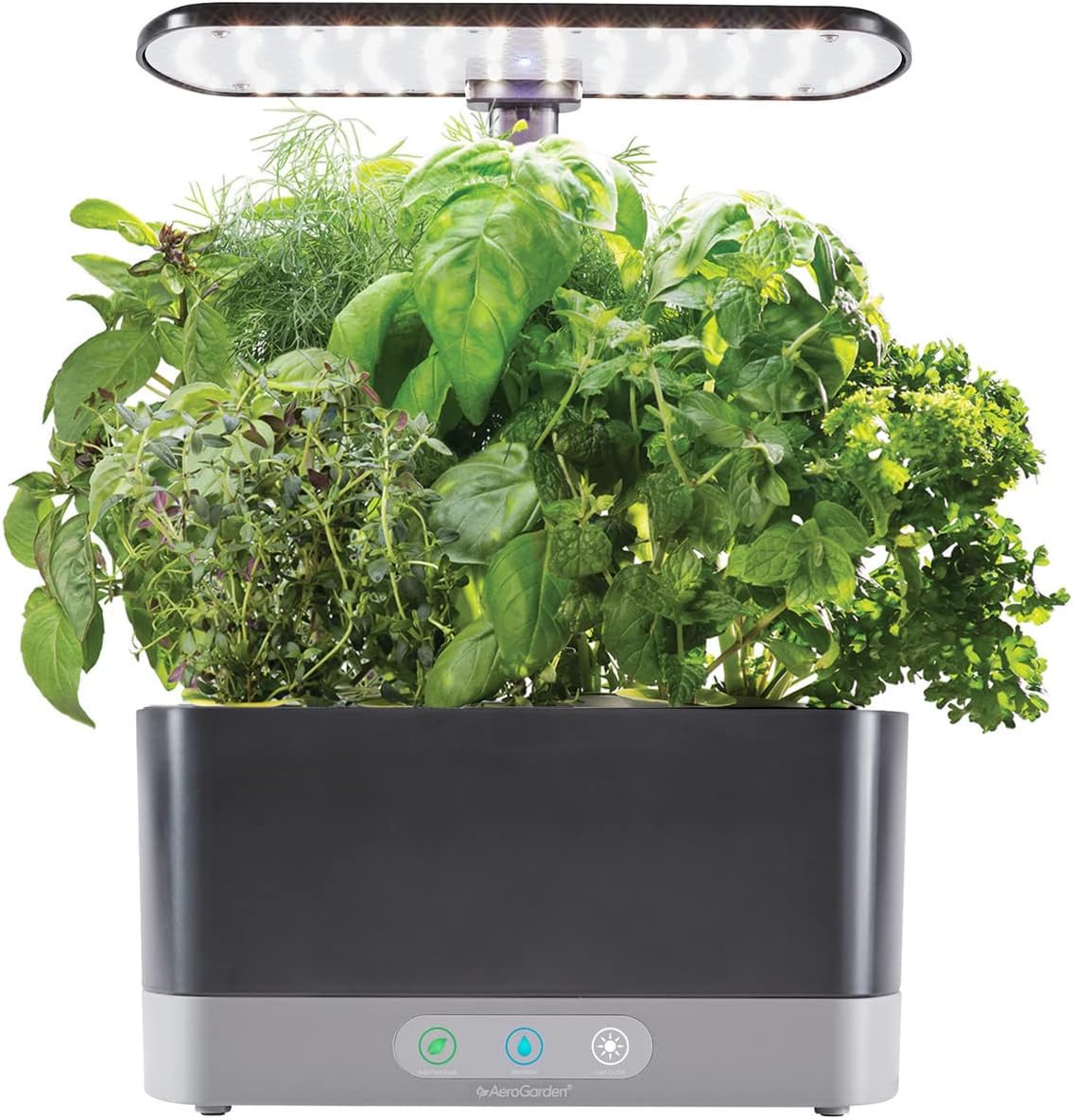
Hi! Herbal Ella here, I am currently growing my herbs on my windowsill and beneath grow lamps.
But my new favorite kitchen toy is my Aerogarden Harvest XL!
The hubs bought it for me for Christmas and I absolutely adore it. Currently, I am growing Heirloom Salad Greens, and I had fresh salad greens to eat in about one months time. To say I am super impressed is an understatement! I have the harvest XL like the one in the link above, but there are so many to choose from. Guess what I now want for Valentine's Day? Another AeroGarden!
Caring for Your Herb Garden
Proper care is crucial to ensure your herb garden thrives. Whether you're growing herbs on a sunny windowsill or in a sprawling backyard garden, understanding the basics of watering, feeding, pruning, and harvesting can make all the difference.
Watering and Feeding Your Herbs:
- Watering Guidelines: Herbs generally prefer well-drained soil and don't like to sit in water. Water your herbs when the top inch of soil feels dry. Overwatering can be as harmful as under-watering.
- Feeding Your Herbs: Use a balanced, all-purpose, water-soluble fertilizer every four to six weeks during the growing season. Herbs grown in containers may require more frequent feeding due to limited soil nutrients.
- Signs of Proper Nourishment: Healthy herbs will have vibrant colors, strong stems, and aromatic leaves. Yellowing leaves or stunted growth may indicate a need for nutrient adjustment.
Pruning and Harvesting:
- Pruning for Growth: Regular pruning encourages herbs to become bushier and produce more leaves. Snip off the top growth and any flower buds to promote leafy development.
- Harvesting Tips: The best time to harvest most herbs is just before they flower, as this is when they're most flavorful. Use clean scissors or shears, and never remove more than a third of the plant at one time.
- Continuous Harvest: For herbs like basil and cilantro, regular harvesting can prolong productivity. Always leave enough leaves for the plant to continue photosynthesis.
By following these guidelines, you'll not only help your herbs grow healthier but also maximize their flavor and medicinal qualities. Regular attention and care will reward you with a bountiful and fragrant herb garden, ready for culinary and wellness uses.
Using Your Home-Grown Herbs
Growing your own herbs is only half the fun – the real joy comes in using them. Fresh herbs can transform your cooking and play a significant role in home remedies, offering both flavor and health benefits.
From Garden to Table: Cooking with Fresh Herbs
- Enhancing Flavors: Fresh herbs can be added at the end of the cooking process to preserve their flavor. Basil, cilantro, and parsley are perfect for garnishing and adding a fresh touch to dishes.
- Herb Infused Oils and Butters: Infuse olive oil or butter with herbs like rosemary, thyme, or garlic for a flavorful addition to your meals.
- Storage Tips: To keep herbs fresh longer, wrap them in a damp paper towel and store them in the refrigerator, or freeze them in ice cube trays with water or oil.
Herbs for Health and Remedies:
- Herbal Teas: Create soothing teas with your home-grown herbs. Chamomile and mint are excellent for a relaxing nighttime brew. Simply steep the fresh or dried herbs in hot water for 5-10 minutes.
- Homemade Salves: Combine herbs like lavender or calendula with beeswax and oils to create healing salves for skin ailments.
- Tinctures and Tonics: Herbs like echinacea can be used to make tinctures, which are concentrated herbal extracts. Soak the herbs in alcohol or vinegar to extract their medicinal properties.
Using your home-grown herbs in these ways not only brings a sense of accomplishment but also promotes a healthier, more natural lifestyle. Whether you’re flavoring a favorite dish or brewing a cup of herbal tea, these plants offer an abundance of benefits right from your garden.
Troubleshooting Common Issues
Even the most attentive gardeners can encounter issues. Understanding how to tackle common problems will keep your herb garden thriving.
Dealing with Pests and Diseases:
- Organic Solutions: Introduce beneficial insects like ladybugs to combat aphids. Neem oil or insecticidal soaps can effectively handle most pest issues.
- Preventative Measures: Healthy plants are less susceptible to diseases. Ensure proper spacing for airflow and avoid overhead watering to reduce the risk of fungal diseases.
Common Growing Problems:
- Poor Growth: This can be due to inadequate sunlight or nutrient deficiencies. Ensure your herbs get enough light and consider a balanced fertilizer.
- Wilting Leaves: Often a sign of either overwatering or under-watering. Adjust your watering schedule accordingly.
- Yellowing Leaves: This may indicate overwatering, poor drainage, or a nutrient imbalance. Check soil moisture levels and consider adjusting your fertilization routine.
Embarking on your herb gardening journey is a step towards a more sustainable and healthy lifestyle. Regardless of where you live or your level of experience, there's a herb gardening solution for you. The joy of watching your herbs grow and the satisfaction of using them in your kitchen or for remedies is unmatched. We encourage you to start small, learn as you grow, and enjoy the journey.
Become part of the Herbal Ella Community
Are you ready to dive deeper into the world of herb gardening? Visit our detailed guides, resources, and inspiring community stories. We would love to hear about your herb gardening experiences, successes, and challenges. Share your stories and tips in the comments or join our community forums. Let's grow together in this green endeavor!
The information provided on this website is for educational purposes only, and is not FDA approved. It is not to be considered health advice. Always do your own research and seek the guidance of a qualified healthcare practitioner before working with any herb. Herbal Ella is not liable for any action or inaction you take with the materials and information provided. Read here for more information.
Recent Articles
-
Wild Cherry Monograph: Wild Cherry: Nature's Respiratory Ally
May 02, 24 04:52 PM
Discover the healing potential of Wild Cherry with our comprehensive monograph. Explore its benefits and uses for respiratory health. -
DIY Herbal Remedies for Respiratory Health
May 02, 24 03:46 PM
Explore easy DIY herbal remedies for respiratory health with Herbal Ella. Learn to make teas, tinctures, and more to breathe better naturally -
Understanding the Respiratory System - Anatomy and Functions
May 02, 24 03:23 PM
Discover the respiratory system's anatomy and functions with clear visuals and simple explanations to keep you breathing healthily
* Privacy Policy * Disclaimer *

